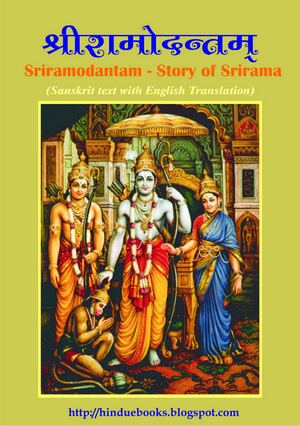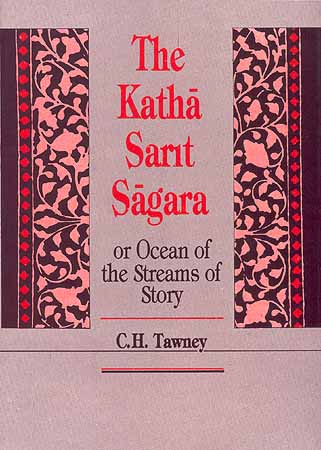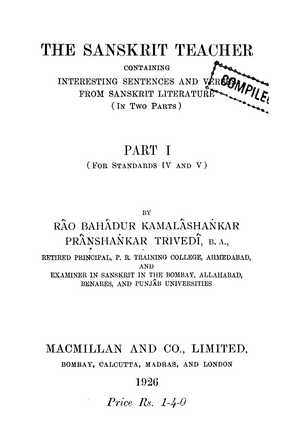 This 2 volume set is an introductory text to Sanskrit grammar & literature. The author has included the cream of Sanskrit literature in every lesson so as to elevate the mind of the students to a high plane of morality and devotion and inspire it with a spirit of respect and reverence for all that is great and good, respect for learning and wisdom, respect for power and authority, and reverence for God.
This 2 volume set is an introductory text to Sanskrit grammar & literature. The author has included the cream of Sanskrit literature in every lesson so as to elevate the mind of the students to a high plane of morality and devotion and inspire it with a spirit of respect and reverence for all that is great and good, respect for learning and wisdom, respect for power and authority, and reverence for God.
Special features of the book:
(a) The book winds up with a large selection of prose and poetic passages. The prose passages are taken from the Panchatantra, the Dasakumaracharita, the Kadambari, and the works of Sankaracharya. They thus supply the student with different specimens of style. The poetic passages are Selected from the works of Chanakya, Bhartrihari, Kalidasa, Bhavabhuti, the Ramayana, the Mahabharata, and various other works.
(b) A language is best learnt by the study of its poetic literature which contains wise thoughts clothed in felicitous expression. The committing to memory such gems of literature ensures a command over the language and deepens a taste for it. The object of meeting this requirement is specially kept in view in the selection of verses in lessons and also at the end of the book, which has so many as about 200 of them.
(c) The student is introduced to a knowledge of Sanskrit metres and figures of speech. The characteristics of the ganas are explained and the student supplied with definitions of a few leading metres such as Malini, Vasanta-tilaka, Hariri, and Sikharini. The leading features of a few figures such as the Upama, the Rupaka, the Arthantaranyasa, and the Anyokti are elucidated in lessons and notes at the end.
(d) The student is directly taken to literature, grammar being made subordinate as it ought to be. This object is attained in the following way. Every lesson opens with a few sentences which are translated into English and in which new grammatical forms are printed black to draw the attention of students. Then follows a paradigm of forms ready made and lastly come the rules which are deduced from them. The method followed is thus analytic. It will be educative and interesting both to the school student and to the person of advanced years who has a mind to acquire a knowledge of it. The former should first learn to recognise the forms and then study them. For the latter it will do if he only learns to recognise them.
Thus, the book comprehends in a small compass all the salient points of Sanskrit grammar, the knowledge of which is essential for the study of Sanskrit literature.
DOWNLOAD LINKS
Sanskrit Teacher Part 1
Sanskrit Teacher Part 2
Tags: ebook, free ebook, learn sanskrit, samskritam, trivedi
 “A Smaller Sanskrit Grammar is specially intended for the Matriculation and the ordinary College students. Its plan of arrangement is the same as that of the ‘Higher Sanskrt Grammar.’ In it the more intricate rules and matter which was thought quite unnecessary for the students for whom it is intended have been omitted. The chapter on the Conjugation of Verbs has been almost the same as in the ‘Higher Sanskrit Grammar’, Frequentative verbs only being omitted. The last chapter contains but the commonest rules of Sanskrt Syntax.
“A Smaller Sanskrit Grammar is specially intended for the Matriculation and the ordinary College students. Its plan of arrangement is the same as that of the ‘Higher Sanskrt Grammar.’ In it the more intricate rules and matter which was thought quite unnecessary for the students for whom it is intended have been omitted. The chapter on the Conjugation of Verbs has been almost the same as in the ‘Higher Sanskrit Grammar’, Frequentative verbs only being omitted. The last chapter contains but the commonest rules of Sanskrt Syntax.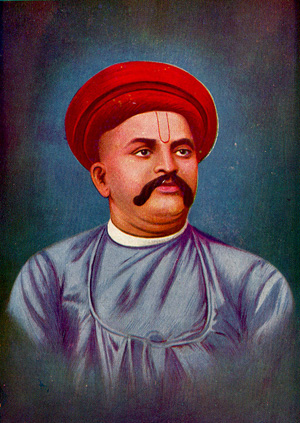


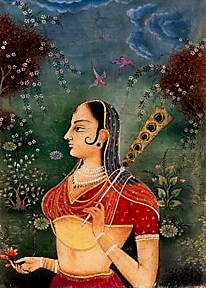
 The Digital Library of India
The Digital Library of India
